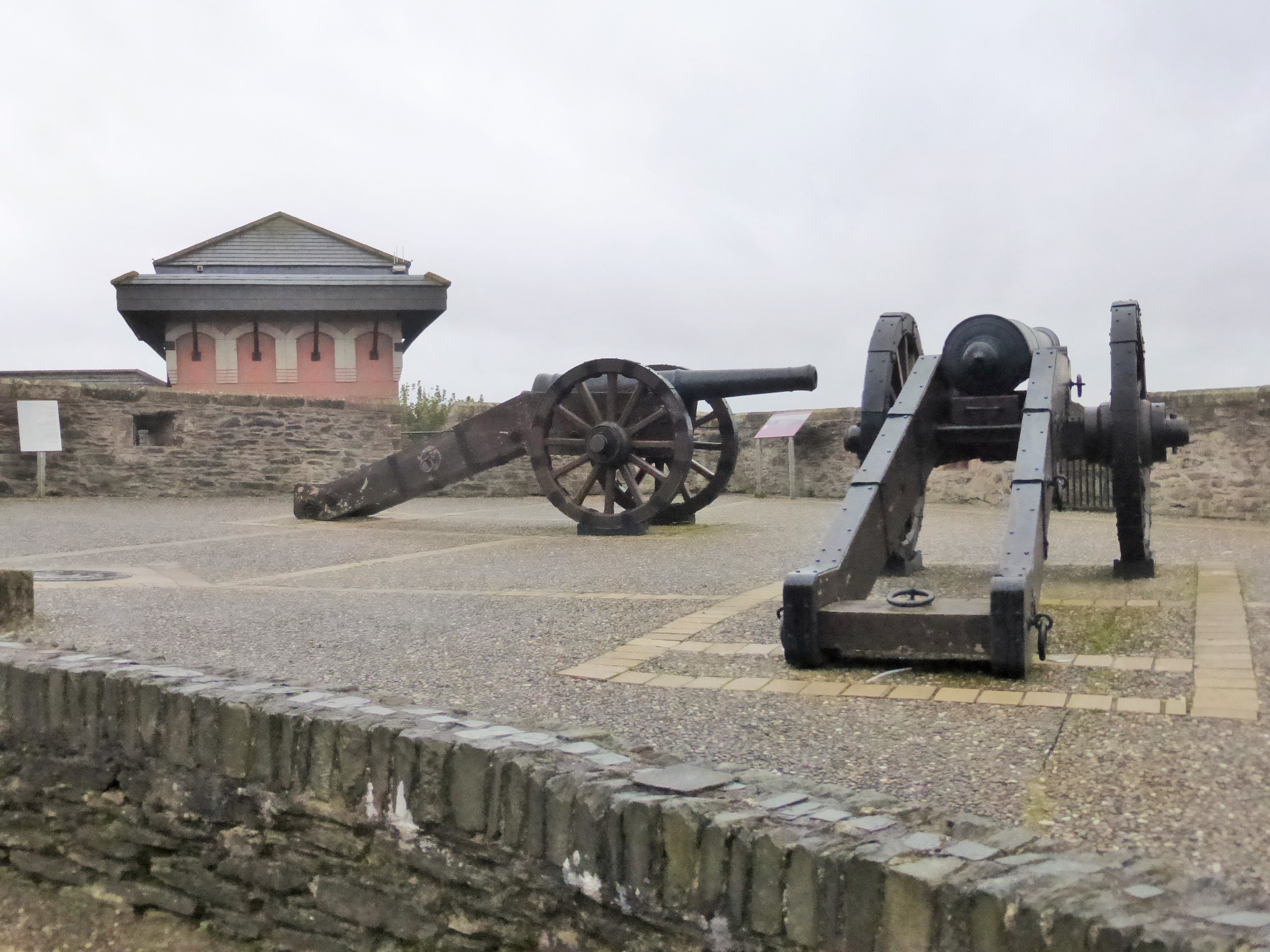
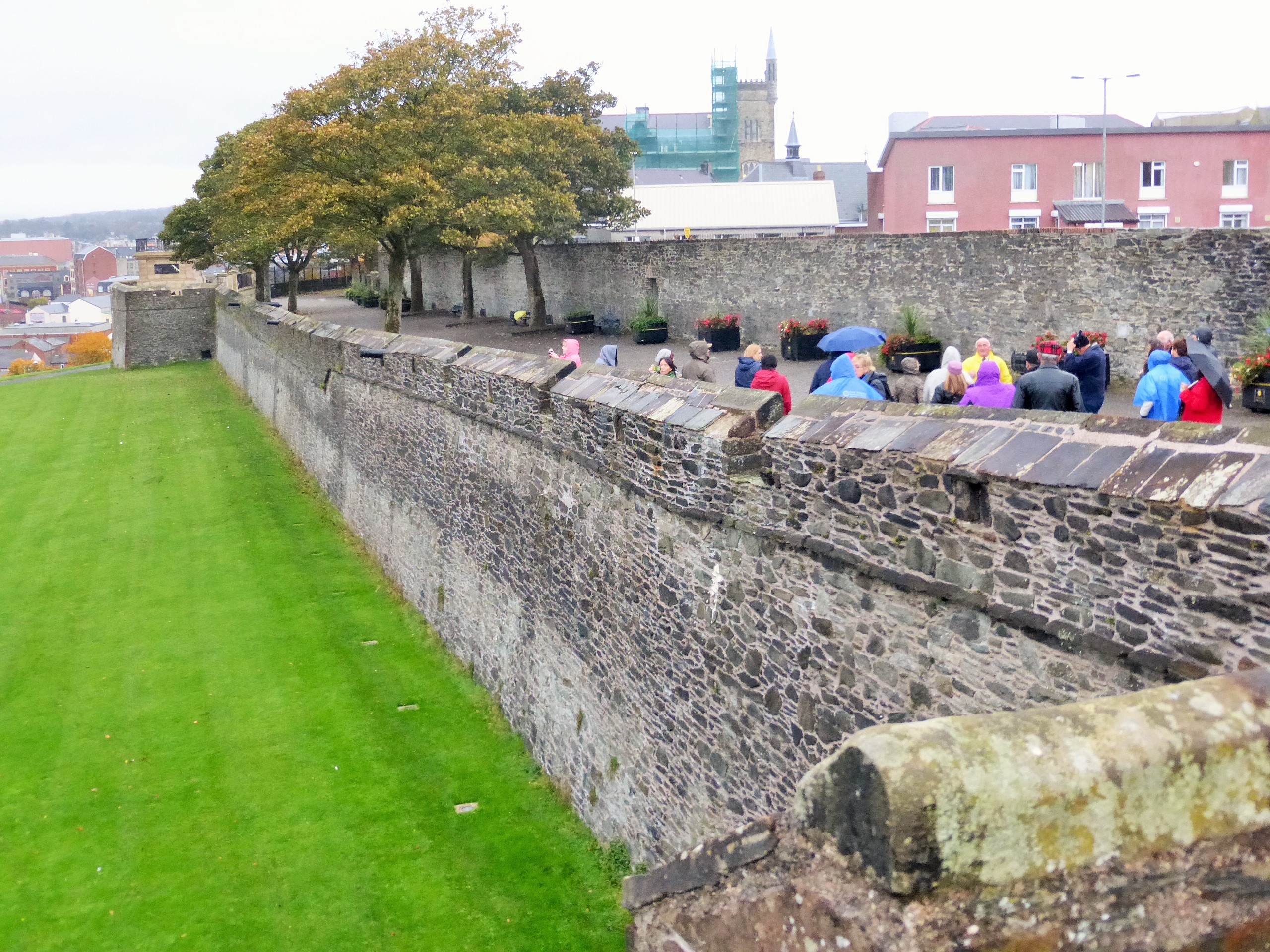
Canons
Derry's Wall
| Page 10 ~ Derry's Walled City |
|
 |
 |
||
|
Derry's Wall |
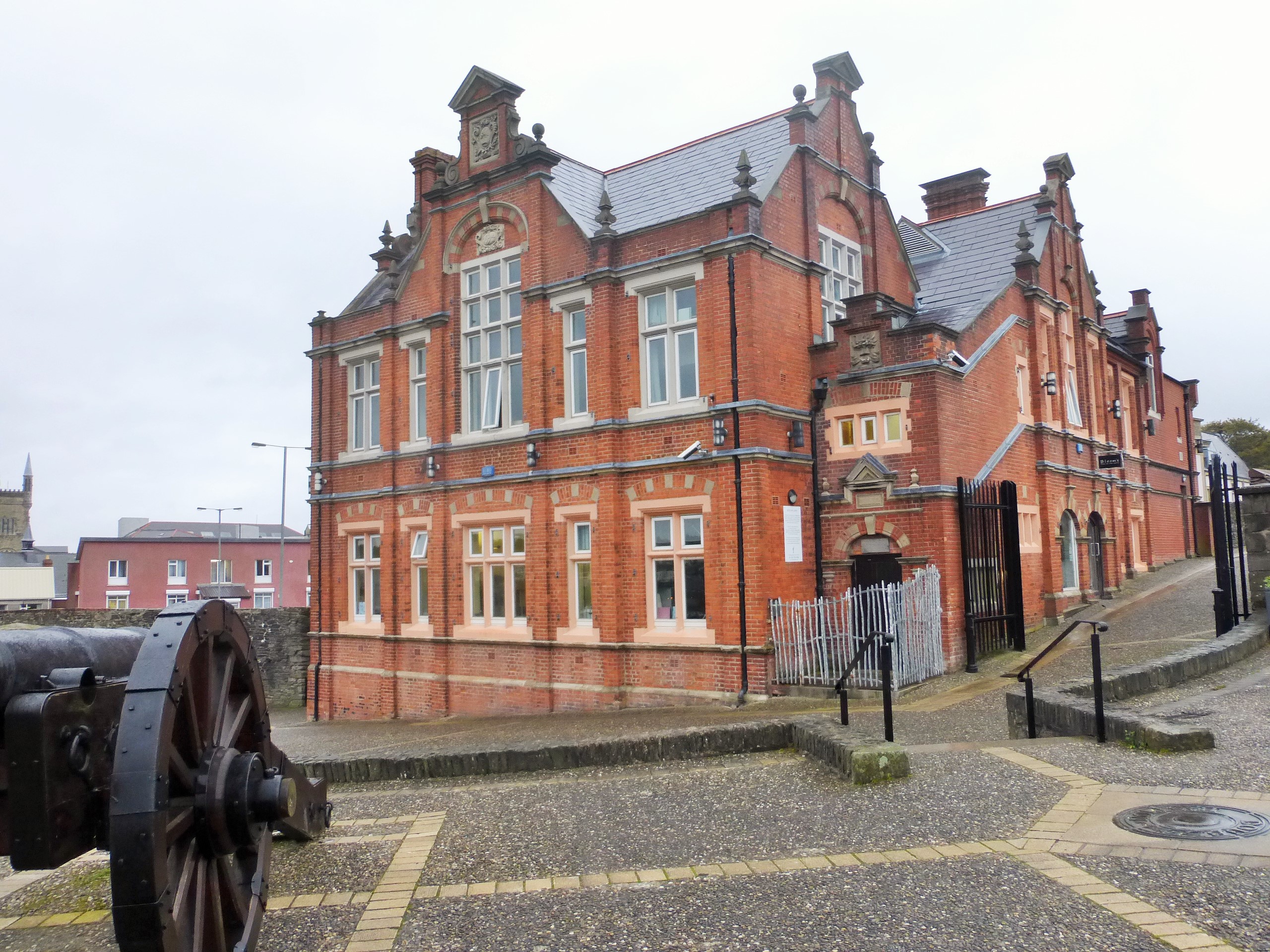 |
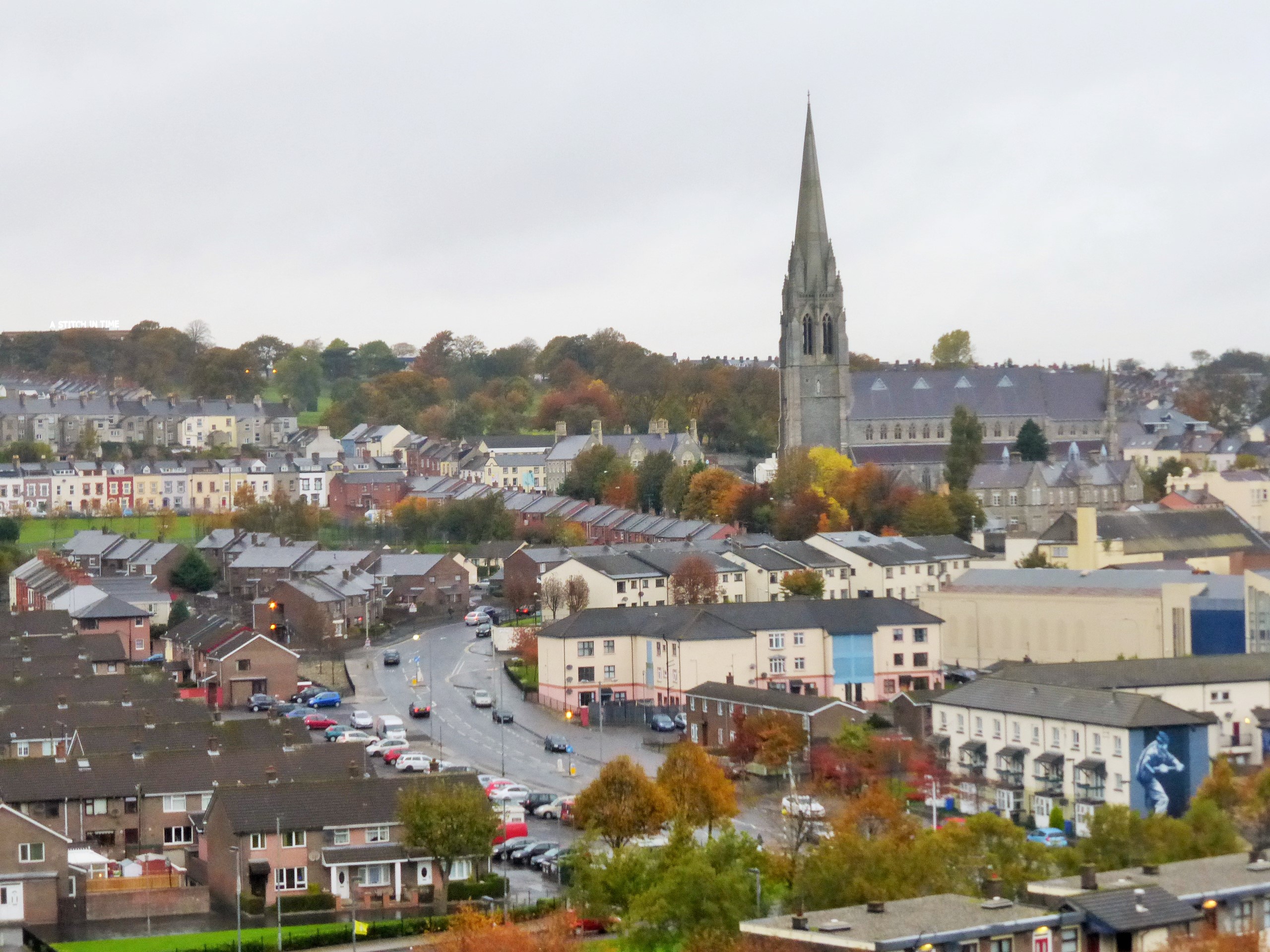 |
||
|
Distant Church |
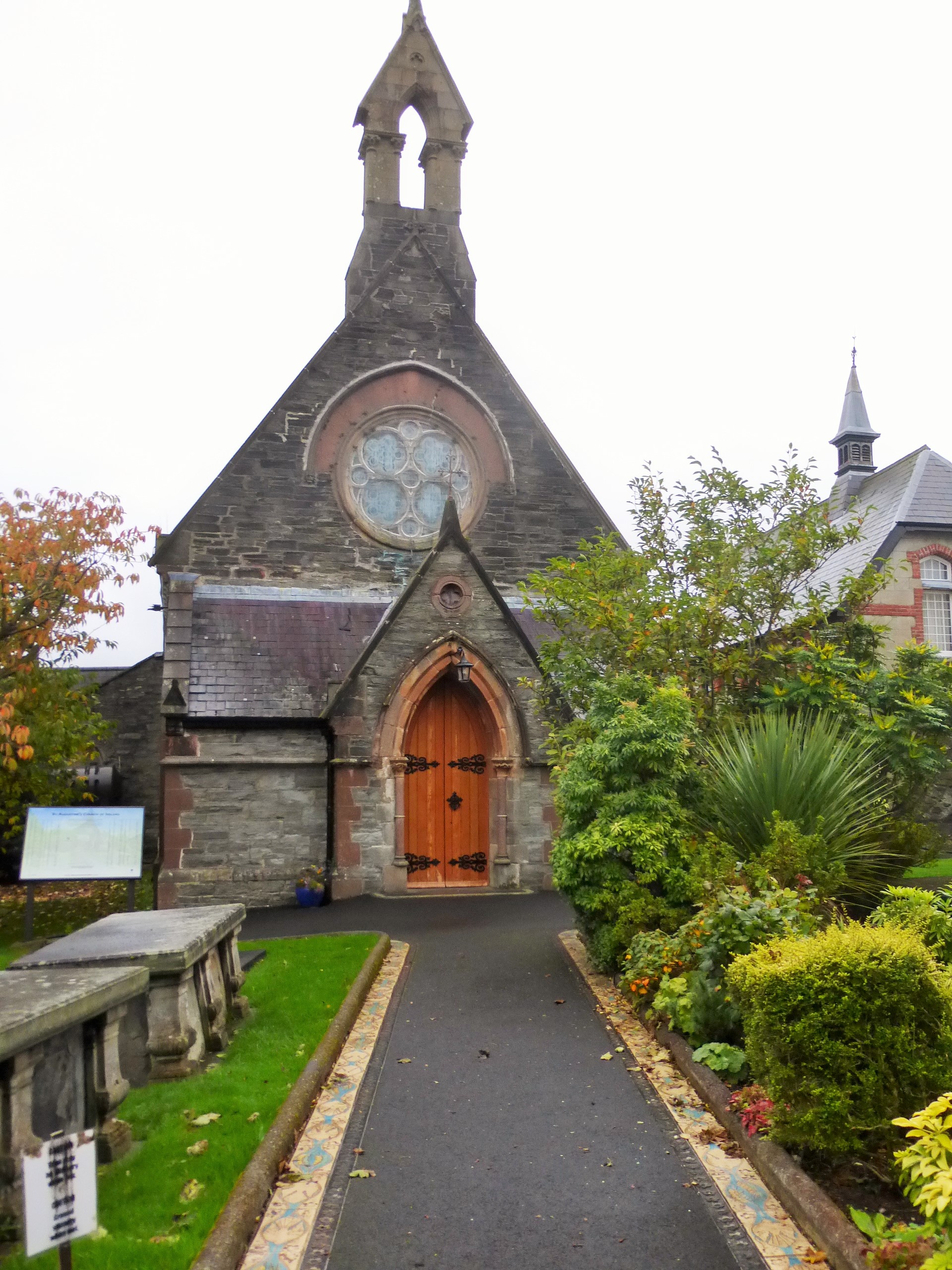 |
 |
||
|
Smallest Street |
 |
 |
||
|
Cocktails in the Everglades Hotel - Derry |
Derry's Walled City
Derry's walled city is Ireland's earliest example of town planning. It is thought to have been modelled on the French Renaissance town of Vitry-le-François, designed in 1545 by Italian engineer Hieronimo Marino; both are based on the grid plan of a Roman military camp, with two main streets at right angles to each other, and four city gates, one at the end of each street.
Completed in 1619, Derry's city walls are about 8m high and 9m thick, with a circumference of about 1.5km, and are the only city walls in Ireland to survive almost intact. The four original gates (Shipquay, Ferryquay, Bishop's and Butcher's) were rebuilt in the 18th and 19th centuries, when three new gates (New, Magazine and Castle) were added. Derry's nickname, the Maiden City, derives from the fact that the walls have never been breached by an invader.
The walls were built under the supervision of the Honourable The Irish Society, an organisation created in 1613 by King James and the London livery companies to fund and oversee the fortification of Derry and the plantation of surrounding county with Protestant settlers. The society still exists today, though now its activities are mainly charitable, and it still owns Derry's city walls.
Ever since the reign of Queen Mary (1553-1558) the English had wanted to occupy and fortify Derry as they considered it the cornerstone of their conquest of Ulster. In September 1566 they finally achieved their aim when Colonel Edward Randolph, who commanded a military force under Queen Elizabeth's Lord Deputy Sir Henry Sidney, built the first English fortification of Derry. He expelled all the Irish inhabitants of the town and erected earthworks for the defence of the garrison. Randolph was destined to die a few months later when his forces clashed with those of Shane O'Neill, Earl of Tyrone, who was attempting to wipe out the garrison.
These first military defences encompassed the site of Derry's first cathedral, the Teampall Mór, built in 1164 near St Columba's original monastery. Today the Long Tower Church stands in the same area.
In April 1567 an accidental fire spread to the Teampall Mór which was being used as a magazine for gun powder, causing a great explosion. This destroyed the cathedral along with other church buildings and the soldiers' quarters. As a direct result, the English forces sailed back home - leaving Derry in ruins for many years. spaceIn 1600 the English returned, still determined to gain firm control of the area by establishing a permanent garrison in Derry. Sir Henry Docwra was sent by Lord Deputy Mountjoy to occupy and fortify the town with a large force of men. His main task was to keep in check the Ulster Chieftains and try to get them to co-operate with the Crown. He landed virtually unopposed at Culmore on 16 May and, after fortifying the existing castle there, marched to Derry several days later.
|
|